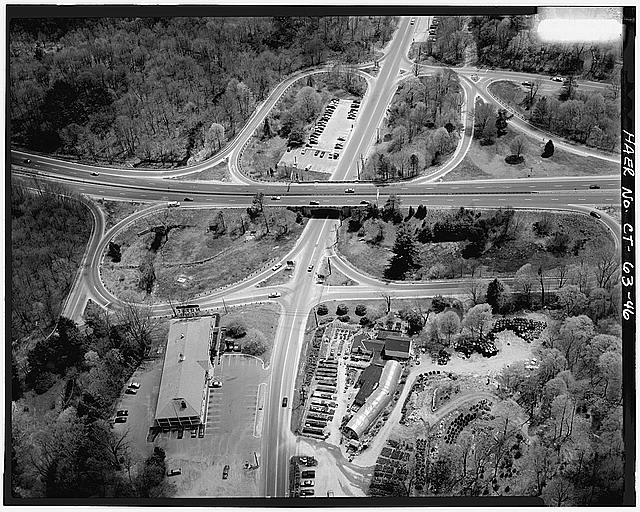When was Hydroseeding Invented and First Used?
HydroSeeding is the process of using a hydraulic application of seed mix, water, fertiliser, and tracking dye, sprayed onto a substrate’s topsoil to provide revegetation.
It is reported that the process of Hydroseeding was first invented in the late 1940’s by a Connecticut Highway Department employee named Maurice Mandell. He discovered that by mixing seed and water together, the resulting mulch could be spread and sprayed over the steep and otherwise inaccessible slopes of the Connecticut expressways.

(Connecticut highway that adopted Hydroseeding)
Mandell was tinkering with ways to grow healthy grass and avoid soil erosion along the slopes of Connecticut’s expressways. He mixed up seed and water then had it sprayed over the slopes where the grass could sprout and take hold, even on a steep incline.
It was quickly put to use by an enterprising man by the name of Charlie Finn. He sold the first commercial hydroseeder. This early model paired mixing units with a spray unit in order to provide a constant stream of hydro seeding mixture at a steady pressure. These days it’s gotten a little more in-depth though, even if the basic premise remains the same.
After this other highway departments adapted to hydroseeding slopes. Probably the largest usage of hydromulch in the early 1970’s was for Surface Mine Reclamation. The ability to spray slopes up to 200 feet and hose up to 400 feet.
Since the technique of HydroSeeding was first discovered in the 1950s, it has been referred to by many names, including hydroseed, hydroseeding, spray grass, and hydraulic seeding.
Hydroseeding has continued to be a popular highway choice for quicker germination, accelerated growth and increased establishment success compared to standard methods.
